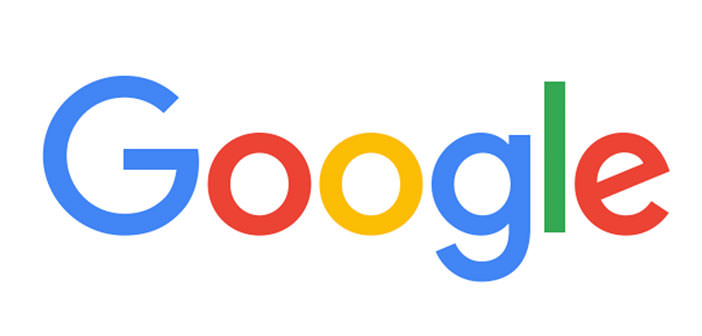Google explains in more detail the plans to gradually block content created with Adobe Flash in the Chrome browser. By year’s end the Bigg browser will start to be used by default HTML5.
Google takes a new step forward towards the ultimate demise of Flash content from the web world. In a recent speech, Google announced that, beginning in the fourth quarter of 2016, HTML5 will be used by default in Chrome, so taking the place of Adobe Flash.
In the fourth quarter of 2016, Chrome will support Flash by default only to the 10 most important domains dependent plugin. Chrome will automatically display content using HTML5 if available and, in the presence of a site that requires the Flash plug-in, prompt the user to activate it or not.
Specifically, Google sums up as follows the main innovations in content management for Flash in Chrome:
- If a site offers an experience HTML5, the change will make this experience than the default.
- When a user visits a site that requires Flash Player, you’ll see a dialog box at the top of the page, which will offer the user the ability to be activated for the specific site.
- If the user accepts the execution of the Flash Player, Chrome will make public the presence of Flash Player and will perform to refresh the page.
- Chrome will keep the user’s choice also on subsequent visits to the specific domain in which Flash is enabled.
- To avoid an excessive number of requests for activation of the Flash Player, will include a whitelist, for the first 10 sites topped the list of the Flash Player activation will be provided by default.
It is a change not radical, which will also use the Flash Player if the site requires it to show the contents properly. The user make a conscious choice by activating the Flash player, except for the list of the top 10 sites that will be updated annually.
If such a list were to enter into force at the time, would include: YouTube.com, Facebook.com, Yahoo.com, VK.com, Live.com, Yandex.ru, OK.ru, Twitch.tv, Amazon.com, Mail.ru. Google announced also that plans to offer more control across the enterprise with specific policies for the management of content in Flash.
Further details on the changes announced will be announced in the coming months by Google, but the rationale behind the new intervention is clear: continue to lead the transition from standard Flash that HTML5. A process in which Google is and has also been active part earlier.
You remember, for example, that as of January 2015 YouTube has replaced Flash with HTML5 by default, in February 2015 Google began automatically to convert Flash into HTML5 advertising notices and plans to discontinue support to advertising notices in Flash from 2017.
Adobe Flash, a standard unchallenged for the management of multimedia content published on the web, it was (and still was) exposed to heavy criticism, both for the negative impact on system resources, with particular reference to the battery consumption of portable devices, both for the numerous security flaws are constantly discovered. The final demise of Flash on the web – which, it is estimated, will take place by the end of 2018, is an inevitable denouement and desired by many.

